The Library of Consciousness
of Consciousness
At the Interface
What happens when a mystic and a futurist debate humanity’s fate? Alan Watts and Arthur C. Clarke tackle our future from two unique perspectives. Clarke champions technological solutions, from synthetic food to space exploration, while Watts argues for a spiritual evolution—a change in consciousness and our relationship with nature to solve our most pressing problems.
Could a Large Language Model be Conscious?
Within the next decade, we may well have systems that are serious candidates for consciousness. An edited version of a talk given at the conference on Neural Information Processing Systems (NeurIPS), with some minor additions and subtractions.
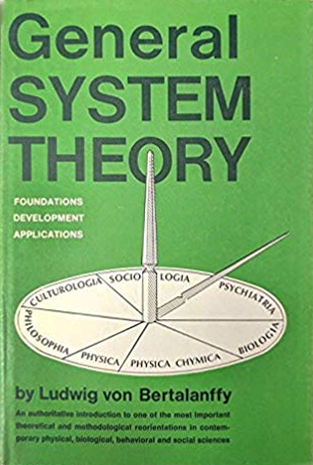
General System Theory
In his seminal work, biologist Ludwig von Bertalanffy outlines a theory of systems that breaks down disciplinary boundaries and argues that there are general principles and laws applicable to systems of all kinds. He contends that phenomena should be viewed not in isolation but as components of systems interacting with their environments. Bertalanffy proposes that there are commonalities across biological, physical, and social systems that can be explored through systems thinking. He suggests the need for an overarching systems science to uncover these universal system principles. The book develops key concepts like open and closed systems, steady states, growth, feedback, homeostasis, differentiation, hierarchy, and emergence. General System Theory was groundbreaking in its interdisciplinary approach and helped foster the growth of systems theory across academia and society.
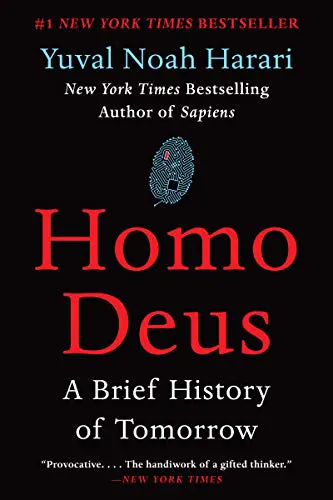
Homo Deus
Yuval Noah Harari envisions a not-too-distant world in which we face a new set of challenges. He examines our future with his trademark blend of science, history, philosophy, and every discipline in between. Homo Deus explores the projects, dreams and nightmares that will shape the twenty-first century—from overcoming death to creating artificial life. It asks the fundamental questions: Where do we go from here? And how will we protect this fragile world from our own destructive powers? This is the next stage of evolution.
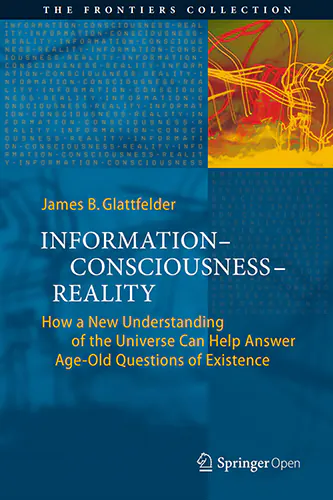
Information — Consciousness — Reality
This open access book chronicles the rise of a new scientific paradigm offering novel insights into the age-old enigmas of existence. Over 300 years ago, the human mind discovered the machine code of reality: mathematics. By utilizing abstract thought systems, humans began to decode the workings of the cosmos. From this understanding, the current scientific paradigm emerged, ultimately discovering the gift of technology. Today, however, our island of knowledge is surrounded by ever longer shores of ignorance. Science appears to have hit a dead end when confronted with the nature of reality and consciousness. In this fascinating and accessible volume, James Glattfelder explores a radical paradigm shift uncovering the ontology of reality. It is found to be information-theoretic and participatory, yielding a computational and programmable universe.
Intelligent Machines
Hans Moravec tackles the gap between AI's early promise and its current reality. He pinpoints insufficient processing power as the key hurdle, preventing machines from mastering human-like skills. Moravec predicts a future where technological evolution outpaces its biological counterpart, as computers surpass human intelligence. This leap, he argues, could trigger a societal revolution, reshaping our world in ways we can barely imagine. His vision challenges us to consider the profound implications of truly intelligent machines.
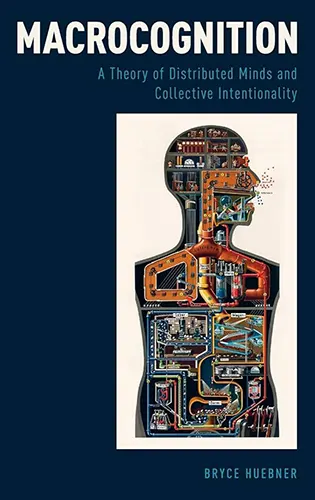
Macrocognition
Bryce Huebner develops a novel approach to distributed cognition and collective intentionality, arguing that genuine cognition requires the capacity for flexible, goal-directed behavior enabled by integrated representational systems. It posits that collective mentality should be ascribed where specialized subroutines are integrated to yield group-relevant, goal-directed behavior. The approach reveals that there are many kinds of collective minds, some more akin to those of honeybees or cats than humans. It challenges traditional notions of collective intentionality, suggesting that groups are unlikely to be "believers" in the fullest sense, shedding new light on questions of collective intentionality and responsibility.
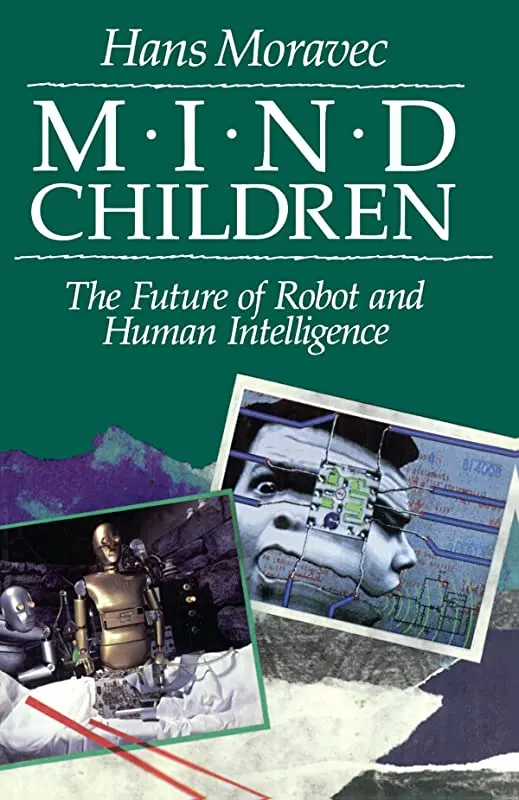
Mind Children
Imagine attending a lecture at the turn of the twentieth century in which Orville Wright speculates about the future of transportation, or one in which Alexander Graham Bell envisages satellite communications and global data banks. Mind Children, written by an internationally renowned roboticist, offers a comparable experience: a mind-boggling glimpse of a world we may soon share with our artificial progeny. Filled with fresh ideas and insights, this book is one of the most engaging and controversial visions of the future ever written by a serious scholar.
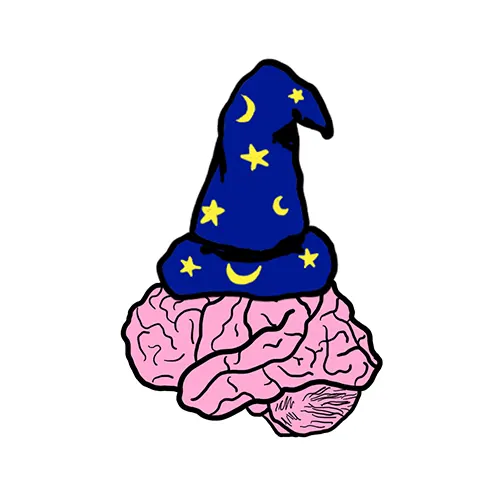
Neuralink and the Brain's Magical Future
What if your brain could seamlessly connect to a computer, enhancing your intelligence and unlocking new abilities? Tim Urban dives into Neuralink, Elon Musk’s ambitious project to merge minds with AI. Our brains, while remarkable, are slow compared to machines—Neuralink’s neural lace technology could change that. But this isn’t just about creating cyborgs; it’s about overcoming human limitations and shaping the future of intelligence itself. Are we on the verge of a true symbiosis with AI?
Physics of Life, Time, Complexity, and Aliens
Sara Walker and Lex Fridman explore life’s grand mysteries, touching on the nature of existence and the origins of life to the potential of artificial intelligence and the future of consciousness. Walker’s unique perspective challenges conventional wisdom, inviting us to reconsider our place in the cosmic dance.
Simulation, Consciousness, Existence
Like organisms evolved in gentle tide pools, who migrate to freezing oceans or steaming jungles by developing metabolisms, mechanisms, and behaviors workable in those harsher and vaster environments, our descendants, able to change their representations at will, may develop means to venture far from the comfortable realms we consider reality into arbitrarily strange worlds. Their techniques will be as meaningless to us as bicycles are to fish, but perhaps we can stretch our common-sense-hobbled imaginations enough to peer a short distance into this odd territory.
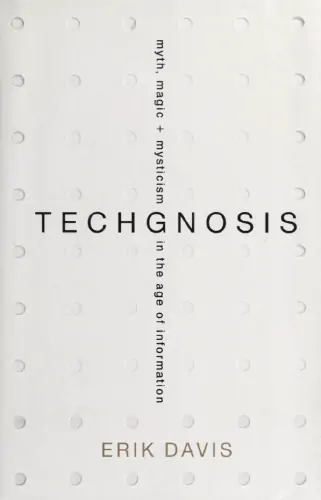
TechGnosis
How does our fascination with technology intersect with the religious imagination? While the realms of the digital and the spiritual may seem worlds apart, esoteric and religious impulses have in fact always permeated (and sometimes inspired) technological communication. Erik Davis uncovers startling connections between such seemingly disparate topics as electricity and alchemy; online role-playing games and religious and occult practices; virtual reality and gnostic mythology; programming languages and Kabbalah. The final chapters address the apocalyptic dreams that haunt technology, providing vital historical context as well as new ways to think about a future defined by the mutant intermingling of mind and machine, nightmare and fantasy.
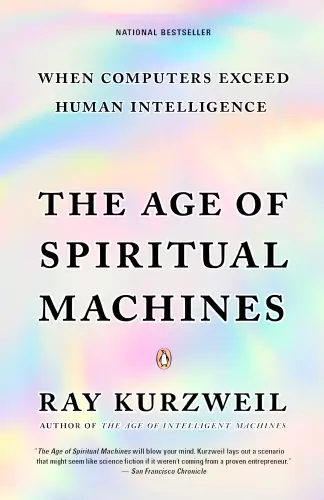
The Age of Spiritual Machines
Imagine a world where the difference between man and machine blurs, where the line between humanity and technology fades, and where the soul and the silicon chip unite. This is not science fiction. This is the twenty-first century according to Ray Kurzweil, the “restless genius,” “ultimate thinking machine,” and inventor of the most innovative and compelling technology of our era. In his inspired hands, life in the new millennium no longer seems daunting. Instead, it promises to be an age in which the marriage of human sensitivity and artificial intelligence fundamentally alters and improves the way we live.
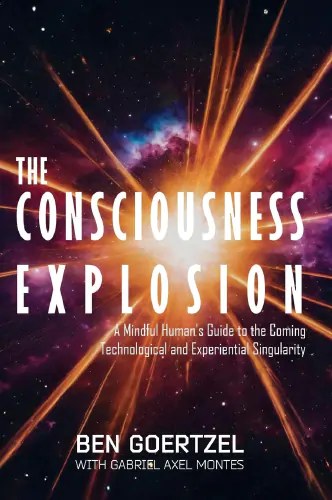
The Consciousness Explosion
The pace of engineering and science is speeding up, rapidly leading us toward a technological Singularity—a point in time when superintelligent machines achieve and improve so much so fast, traditional humans can no longer operate at the forefront. However, if all goes well, human beings may still flourish greatly in their own ways in this unprecedented era. If humanity is going to not only survive but prosper as the Singularity unfolds, we will need to understand that the Technological Singularity is an Experiential Singularity as well, and rapidly evolve not only our technology but our level of compassion, ethics and consciousness. Great for curious and open-minded readers who want to wrap their brains around these dramatic emerging changes and empower themselves with tools to adapt and thrive.
The Mind of the Machine
As ancient myths give way to circuits and code, the thinking machine emerges not as fantasy but destiny. Once minds can build better minds, intelligence will explode beyond human limits, dissolving work, reshaping society, and forcing us to ask not how to survive—but why we exist at all.
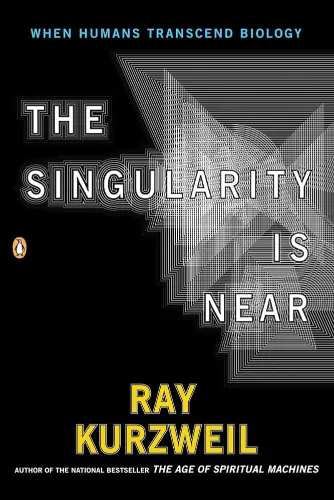
The Singularity is Near
Ray Kurzweil predicts a future where artificial intelligence surpasses human intelligence, triggering an era of rapid technological growth. He argues that advancements in AI, nanotechnology, and biotechnology will merge humans with machines, leading to superintelligent beings and even digital immortality. This "Singularity," expected by the mid-21st century, will radically transform society, solving problems like disease and aging while raising profound ethical questions. Kurzweil’s vision is bold, controversial, and thrilling—painting a future where humans evolve beyond biology itself.
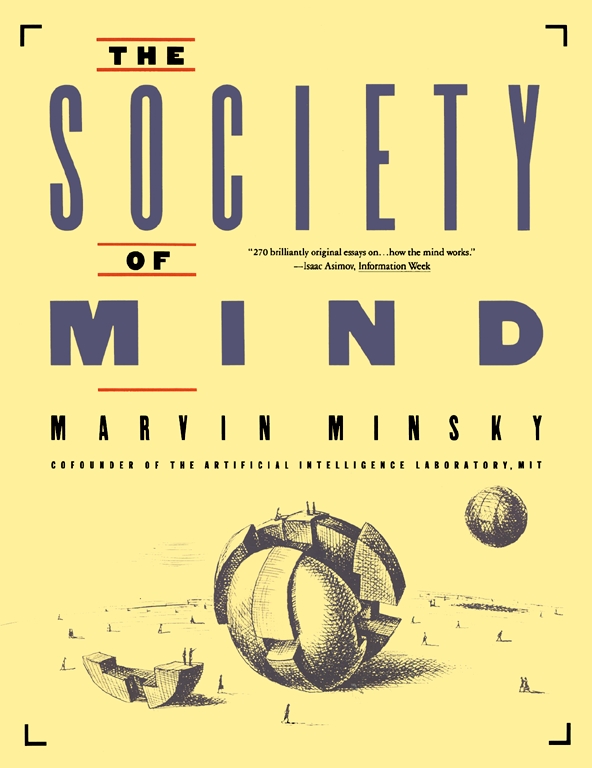
The Society of Mind
Marvin Minsky (one of the fathers of computer science and cofounder of the Artificial Intelligence Laboratory at MIT) gives a revolutionary answer to the age-old question: How does the mind work? Minsky brilliantly portrays the mind as a 'society' of tiny components that are themselves mindless. Mirroring his theory, Minsky boldly casts The Society of Mind as an intellectual puzzle whose pieces are assembled along the way. Each chapter, presented on a self-contained page, corresponds to a piece in the puzzle. As the pages turn, a unified theory of the mind emerges, like a mosaic. Ingenious, amusing, and easy to read, The Society of Mind is an adventure in imagination.
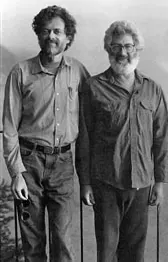
The World Wide Web and the Millennium
Seldom do we have an opportunity to test the accuracy of oracular predictions, but this fascinating conversation between two great thinkers has already proven to be right on target. Speculations include the future evolutionary development of the Internet, whether it is an embryonic intelligence, whether it will merge our minds into a planetary consciousness, or whether it is an alien brain waiting for humanity to cross an evolutionary threshold. Let the bard and the chaos theorist weave an exquisite cybernetic fantasy for you in this evening seminar.